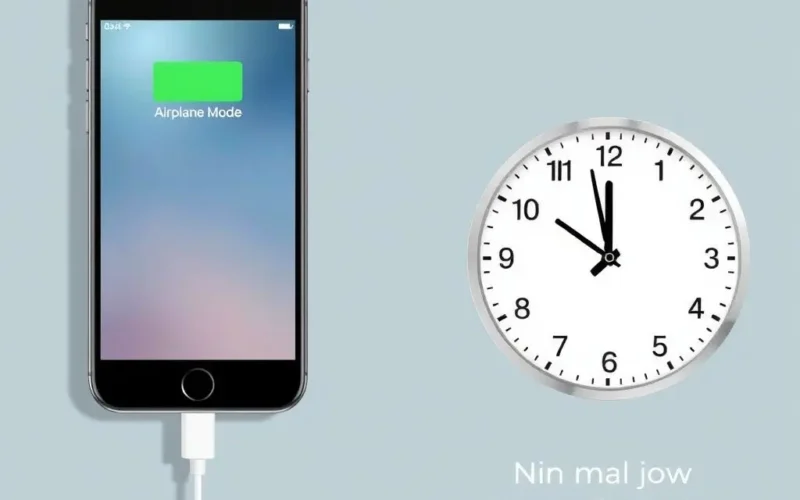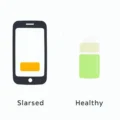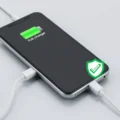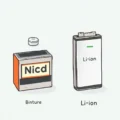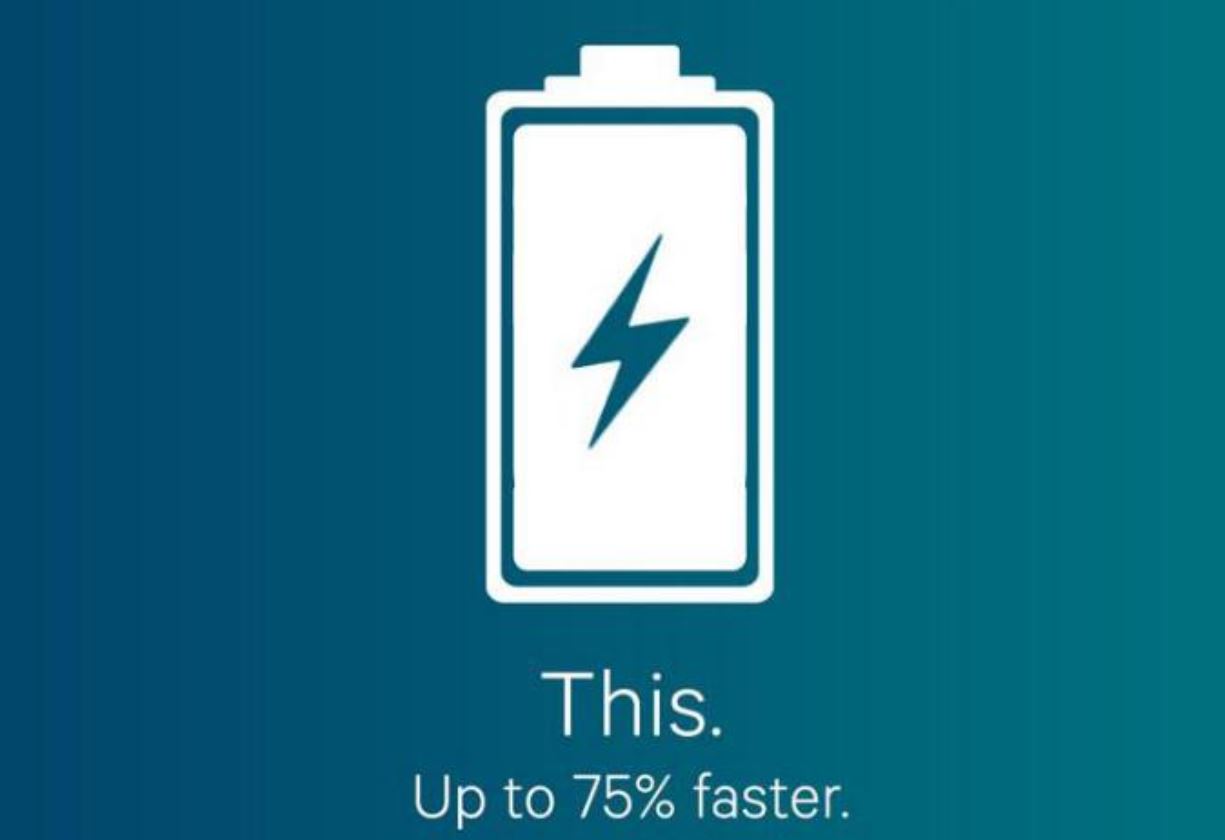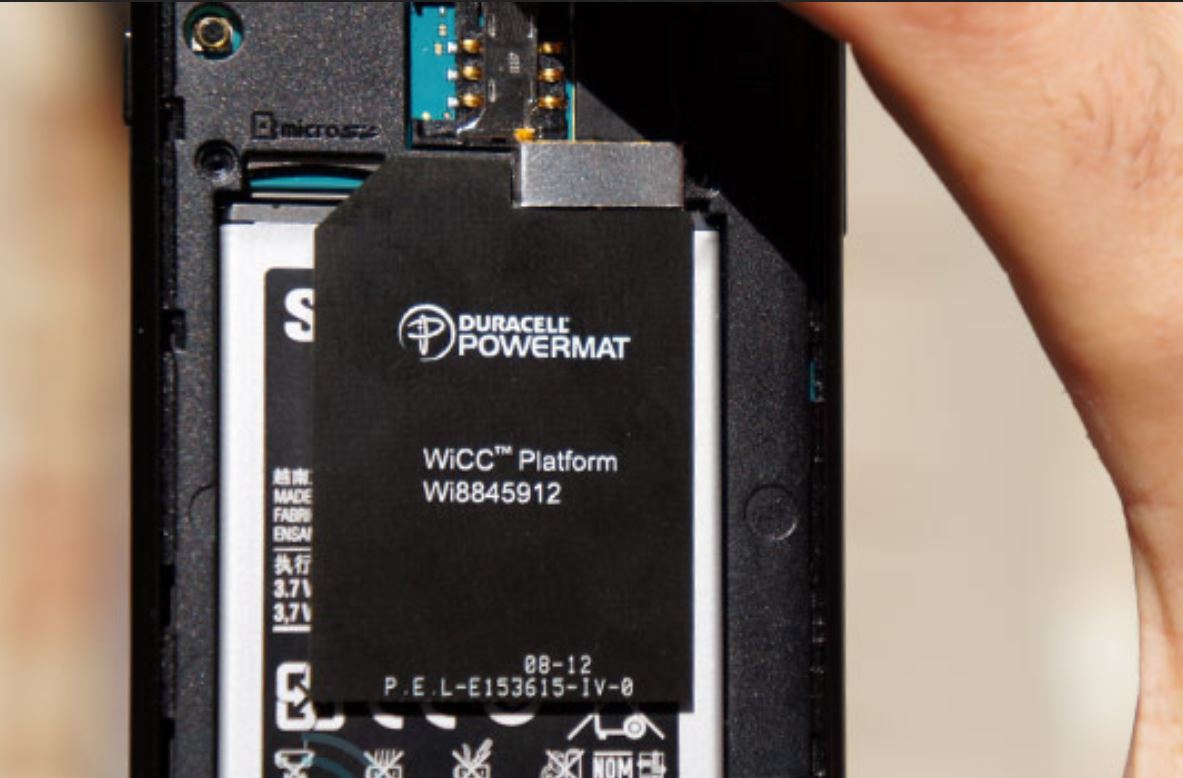We’ve all heard it, perhaps even tried it: the idea that flipping your phone into airplane mode while charging will magically slash the time it takes to refuel. The logic sounds perfectly reasonable on the surface, doesn’t it? By cutting off cellular, Wi-Fi, and Bluetooth signals, you minimize background activity and power drain. Fewer things consuming energy should logically mean more energy flows *into* the battery faster, right?
Well, let’s shine a light on this persistent piece of tech folklore.
Table of Contents
The Allure of Airplane Mode for Charging
The appeal of the airplane mode charging trick lies in its simplicity and the seemingly sound reasoning. Our phones are constantly working in the background – checking for emails, fetching social media updates, maintaining network connections, and more. All these activities consume power. Disabling them by entering airplane mode *does* reduce this passive energy drain. So, the assumption follows: if less power is being *used*, more power from the charger must be available to fill the battery. It’s a compelling thought process, driven by a desire to speed up one of modern life’s necessary delays.
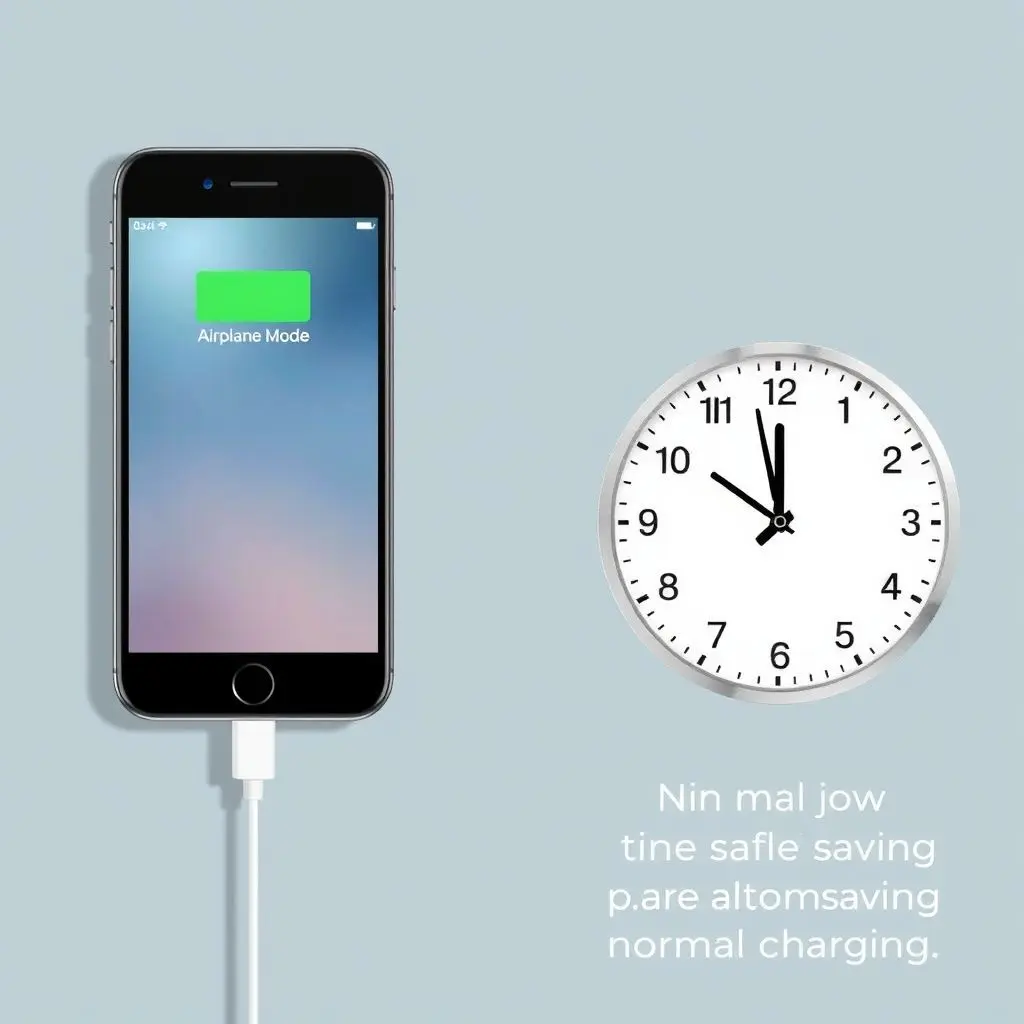
Unpacking the Truth: Is It *Really* Faster?
Here’s where the myth starts to unravel. While putting your phone in airplane mode *technically* reduces background power consumption, the amount of power saved is incredibly small compared to the total power being pushed into the battery by the charger.
Think of it like filling a swimming pool. The charger is the main hose, gushing water in. Background network activity is like a tiny, dripping faucet leaking water out. Turning off the faucet (airplane mode) *does* stop the leak, but it makes almost no noticeable difference to how quickly the giant pool fills up when the main hose is doing all the heavy lifting.
We’re talking about shaving off perhaps a single minute or two over a complete charging cycle, if even that. For most practical purposes, the difference is so negligible it’s effectively zero.
Meet the True Masters of Charging Speed: Wattage and Beyond
If airplane mode isn’t the magic bullet, what *does* actually dictate how quickly your phone charges? The answer lies primarily with the power delivery system itself:
Charger Wattage (Power Output)
This is the single biggest factor. Chargers are rated in watts (W), which is a measure of power. A charger with a higher wattage can potentially deliver more energy to your phone at a faster rate than a lower-wattage charger. Early phone chargers might have been 5W, while modern fast chargers can range from 15W, 25W, 45W, or even over 100W for some devices. Your phone will only draw as much power as it’s designed to handle and the charger can provide, but a high-wattage charger is essential for achieving fast charging speeds.
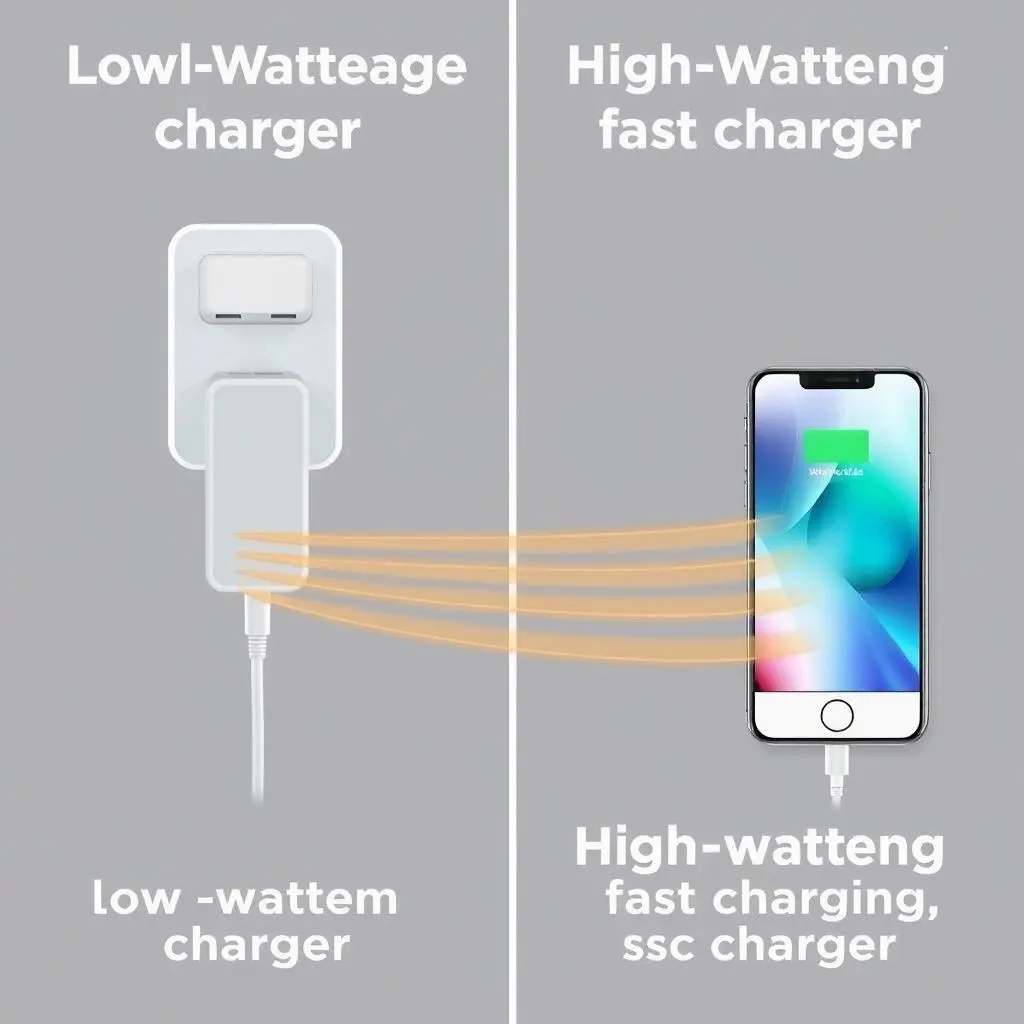
Charging Cable Quality
The cable isn’t just a wire; it’s a conduit for power and data. A cheap, poorly made, or damaged cable can create resistance, restricting the flow of power even if you’re using a high-wattage charger. Using a quality cable designed for the fast charging standard your phone and charger support is crucial.
The Phone’s Charging Circuitry and Battery Health
Your phone has built-in charging management hardware. This circuitry determines how much power the phone will accept, regulates the charging process to prevent overheating, and changes the charging speed (often slowing down significantly as the battery approaches 80% to preserve battery health). An older battery might not be able to accept charge as efficiently as a new one, and older phones simply aren’t built to handle the high wattages of modern fast chargers.
Background Apps and Processes
While airplane mode’s *network* savings are minimal, apps running actively or syncing heavily in the background *can* consume noticeable power. If your screen is on, or you have demanding apps running while trying to charge, this *will* slow down the charging process more significantly than network idle drain. Closing power-hungry apps *can* have a more noticeable effect than airplane mode, though still less than using a higher-wattage charger.
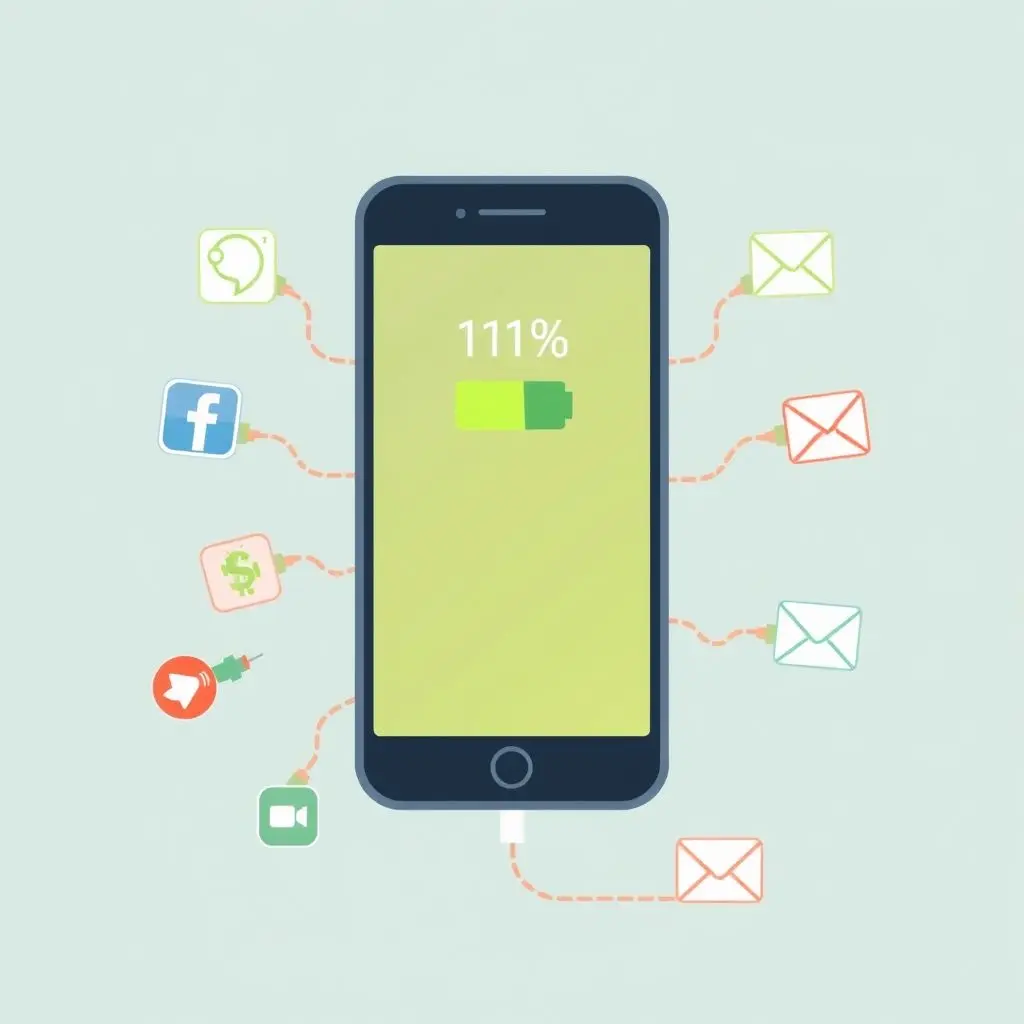
Why Airplane Mode’s Impact is Just a Whiff
To reiterate, the primary reason airplane mode doesn’t significantly speed up charging is because the power saved by disabling radios (cellular, Wi-Fi, Bluetooth) is a tiny fraction of the power delivered by the charger during an active charge cycle. When a phone is fast charging, it’s drawing multiple watts of power. The power saved by not scanning for Wi-Fi networks or checking for a cellular signal is measured in milliwatts. It’s simply not a substantial enough difference to make a dent in overall charging time.
The energy used by background apps *can* be more significant than network idle drain, but still pales in comparison to the power transfer from a fast charger. That’s why simply using a more powerful charger designed for your phone’s fast charging capabilities is the most effective way to reduce charging time.
See the Myth Debunked Visually!
Sometimes seeing is believing! We created a quick short video breaking down this exact myth. Check it out here:
Practical Steps to Supercharge Your Phone’s Refuel
Forget the airplane mode myth if speed is your primary goal. Instead, focus on these actions:
Use a High-Wattage Charger: Ensure your charger supports a fast-charging standard compatible with your phone (e.g., USB Power Delivery, Qualcomm Quick Charge, or proprietary standards like Samsung’s Super Fast Charging). Use the highest wattage charger your phone safely supports.
Use a Quality Cable: Pair your fast charger with a cable rated for the power it delivers.
Close Unnecessary Apps: While less impactful than wattage, closing demanding games or streaming apps can free up some power that would otherwise be consumed.
Avoid Using Your Phone Heavily While Charging: Playing games or watching videos with the screen on while charging generates heat and uses significant power, dramatically slowing down the charge rate.
Keep it Cool: Charging generates heat, which can slow down the process (phones deliberately slow charging when hot to protect the battery). Avoid charging in direct sunlight or hot environments. Remove a thick case if your phone is getting very warm.
Burning Questions About Phone Charging
Does charging in airplane mode save battery life in the long run?
No, putting your phone in airplane mode while charging does not significantly impact the long-term health or lifespan of the battery. Battery health is more affected by charge cycles, extreme temperatures, and maintaining charge near 0% or 100% for extended periods.
Is it bad to use a higher wattage charger than my phone came with?
Generally, no, provided both the charger and phone adhere to industry standards (like USB Power Delivery or Quick Charge). Your phone’s charging circuitry will only draw the maximum power it’s designed to handle, even if the charger could provide more. However, using a charger from a reputable brand is always recommended.
Does wireless charging benefit from airplane mode?
Similar to wired charging, the power saved by airplane mode is insignificant compared to the power transferred wirelessly. Wireless charging is typically less efficient and slower than wired charging anyway, so focusing on a good wireless charger and proper phone placement is more effective for speed.
Why does my phone slow down charging after 80%?
This is a deliberate feature to protect the battery. Rapidly charging the last 20% generates more heat and puts more stress on the battery’s chemistry. Slowing down helps prolong the battery’s lifespan.
Beyond the Myth
So, the next time you’re in a hurry to juice up your phone, remember that the real game-changers are the quality and wattage of your charger and cable, along with managing power-hungry apps. While airplane mode doesn’t hurt, relying on it for a speedy charge is largely a exercise in futility. Invest in a good charger appropriate for your device, close those sneaky background tasks, and let the watts do the work!
